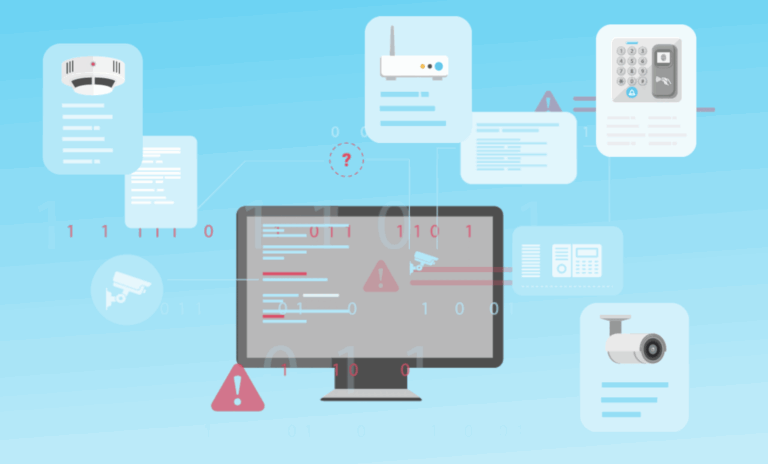 In the evolving landscape of cybersecurity, Common Vulnerabilities and Exposures (CVEs) are a known enemy – cataloged, monitored, and, ideally, patched. But there’s a growing blind spot that too often goes unaddressed: What happens when a CVE is discovered in a device that has reached end of service (EOS)?
In the evolving landscape of cybersecurity, Common Vulnerabilities and Exposures (CVEs) are a known enemy – cataloged, monitored, and, ideally, patched. But there’s a growing blind spot that too often goes unaddressed: What happens when a CVE is discovered in a device that has reached end of service (EOS)?
The answer is simple and dangerous. Nothing happens.
The Cybersecurity Gap Created by EOS Devices
When a device reaches EOS, the manufacturer no longer provides security updates, patches, or vulnerability research. From that point forward, the device is effectively frozen in time, unable to adapt to new threats. If a CVE is discovered after support has ended, there is no patch forthcoming. No threat intelligence. No remediation pathway. The vulnerability remains open – indefinitely.
For many organizations, these EOS devices remain embedded deep within operational environments. In some cases, they’re tied to critical physical security infrastructure such as cameras, access control systems, or building automation technologies. And while these systems may appear to function normally, they are, in fact, vulnerable by default, posing serious risks not only to cybersecurity but also to compliance and operational integrity.
Compliance Risks and the Cost of Inaction
From a regulatory standpoint, EOS devices often represent a point of non-compliance. Many frameworks – whether internal policies or industry standards – require active patching of known vulnerabilities. But how can an organization comply if a patch doesn’t exist?
This compliance gap becomes more than a technical issue. It’s a liability. It can result in audit failures, legal exposure, or worse—unauthorized access through an unpatched exploit. And because these devices are often not fully tracked or managed, the risk compounds over time.
The Role of Device Life Cycle Management
The growing prevalence of EOS devices has brought device lifecycle management into sharper focus. It’s no longer enough to deploy and forget. Security teams need full visibility into the status of every device, including its firmware version, support status, and known vulnerabilities. More importantly, they need the operational tools to take action—whether that means retiring a device, upgrading it, or replacing it as part of a broader risk reduction strategy.
Unfortunately, many organizations still lack the automation and oversight needed to manage this at scale. Identifying which devices are EOS, and cross-referencing that with newly published CVEs, is often a manual and error-prone process.
Building a Proactive Security Posture
This is where intelligent, automated lifecycle management makes a tangible difference. Organizations that can monitor device health, flag EOS status, and respond to emerging threats in real time are far better positioned to maintain a secure and compliant environment.
Solutions that integrate real-time visibility with policy enforcement and operational workflows provide the foundation for this kind of proactive posture. By surfacing at-risk devices and connecting that data to organizational processes, they close the loop between threat intelligence and action.
EOS devices aren’t just legacy. They are latent vulnerabilities waiting to be exploited. As CVEs continue to be discovered at a record pace, the organizations that thrive will be those that treat lifecycle management not as a technical detail, but as a core component of their cybersecurity strategy.
The question isn’t whether you have EOS devices. It’s whether you know where they are and what you’re doing about them.
To see how you can manage device life cycles with SecuriThings, take a self-guided demo.




